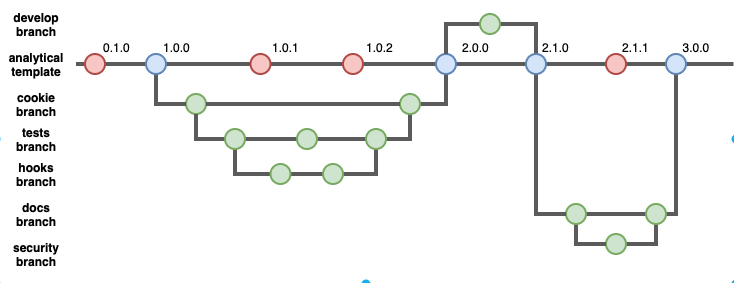Important: Disclaimer
This site is no longer active
Since August 2023 we have moved our content to a central Signpost Site
This is not the official site but a store of technical documents and ongoing work. Opinions expressed in posts are not representative of the views of NHS England and any content here should not be regarded as official output in any form. For more information about NHS England please visit our official website
